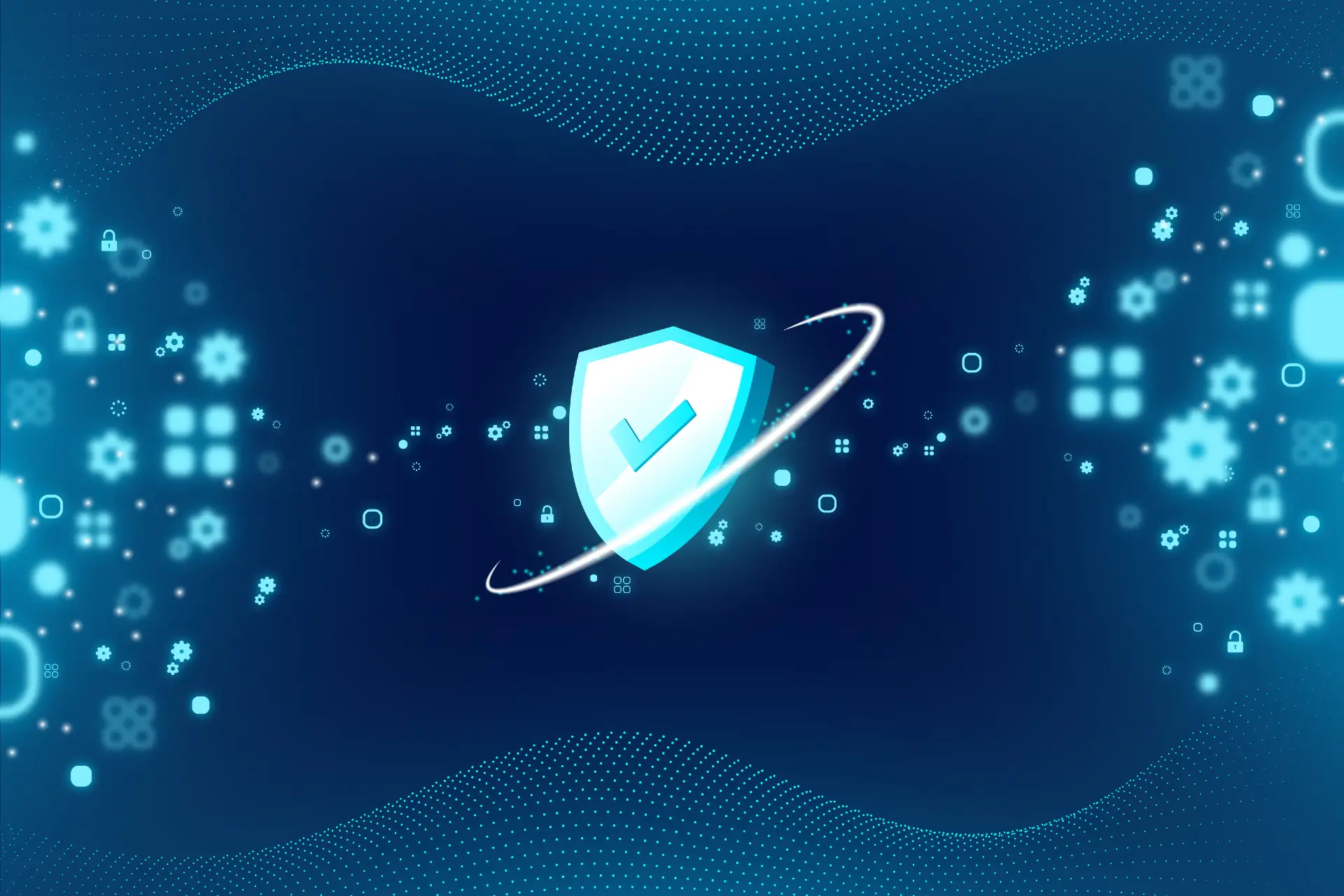Data privacy laws are becoming increasingly important for educational institutions. With the increasing amount of sensitive data that schools and universities collect from students, parents, and staff, it is crucial for these institutions to comply with data privacy laws to protect the privacy of their stakeholders. In this article, we will explore some of the data privacy laws that educational institutions need to comply with and how they can ensure compliance.
Family Educational Rights and Privacy Act (FERPA)
FERPA is a federal law that protects the privacy of student education records. It applies to all schools that receive funds from the US Department of Education. Under FERPA, schools must obtain written consent from parents or eligible students before disclosing any personally identifiable information from a student’s education records. This information includes grades, attendance records, and disciplinary records. Schools must also ensure that education records are kept confidential and secure.
To comply with FERPA, educational institutions should establish clear policies and procedures for the collection, use, and disclosure of education records. They should also provide training for staff and faculty members to ensure that they understand the requirements of FERPA and how to protect student privacy.
Children’s Online Privacy Protection Act (COPPA)
COPPA is a federal law that protects the privacy of children under the age of 13 who use the internet. It applies to websites and online services that collect personal information from children. Educational institutions that provide online services to children must comply with COPPA by obtaining parental consent before collecting personal information from children. They must also provide parents with the right to review and delete their child’s personal information.
To comply with COPPA, educational institutions should ensure that they have appropriate safeguards in place to protect the privacy of children online. They should also provide clear and concise privacy policies that are easy for parents and children to understand.
General Data Protection Regulation (GDPR)
The GDPR is a European Union (EU) law that regulates the collection, use, and storage of personal data. It applies to all organizations that process personal data of EU citizens, including educational institutions. Under the GDPR, educational institutions must obtain explicit consent from individuals before collecting and using their personal data. They must also ensure that personal data is accurate, up-to-date, and stored securely.
To comply with the GDPR, educational institutions should implement robust data protection policies and procedures. They should also provide staff members with training on GDPR requirements and how to handle personal data.
California Consumer Privacy Act (CCPA)
The CCPA is a California state law that regulates the collection, use, and storage of personal information. It applies to all businesses that collect personal information from California residents, including educational institutions. Under the CCPA, educational institutions must provide California residents with the right to know what personal information is being collected about them and the right to request that their personal information be deleted.
To comply with the CCPA, educational institutions should provide clear and concise privacy policies that are easy for California residents to understand. They should also provide staff members with training on CCPA requirements and how to handle personal information.
Educational institutions must comply with various data privacy laws to protect the privacy of their stakeholders. By establishing clear policies and procedures, providing training to staff members, and implementing appropriate safeguards, educational institutions can ensure compliance with these laws and protect the privacy of their stakeholders.
TSAROLABS, as a technology consulting firm, can provide educational institutions with the necessary tools and expertise to comply with data privacy laws. TSAROLABS can assist educational institutions in establishing clear policies and procedures for the collection, use, and disclosure of education records and personal information. They can also provide staff members with training on data privacy laws and how to handle personal information.
TSAROLABS can help educational institutions implement appropriate safeguards to protect the privacy of their stakeholders, such as implementing secure data storage systems, encryption technologies, and access controls. They can also assist educational institutions in creating clear and concise privacy policies that comply with various data privacy laws.
In addition, TSAROLABS can provide ongoing support to ensure that educational institutions remain compliant with data privacy laws as they evolve and change. By partnering with TSAROLABS, educational institutions can ensure that they protect the privacy of their stakeholders and avoid costly penalties for non-compliance with data privacy laws.
Related Tags: Data Privacy, Education, FERPA, COPPA, GDPR, CCPA, Compliance, Privacy Policies, Personal Information, Safeguards, Stakeholders, Training, Technology Consulting, TSAROLABS.










